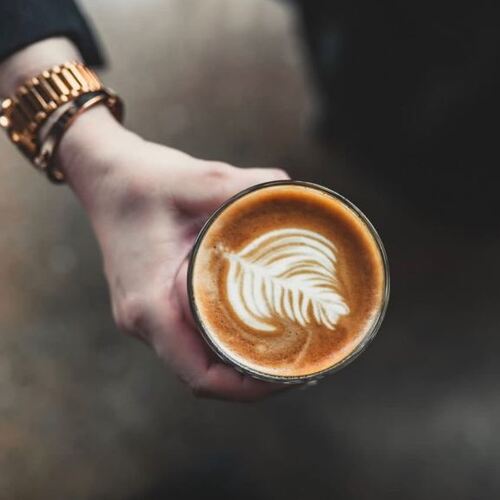Where do cappuccinos originate from?

Cappuccino is a beloved espresso-based drink enjoyed by millions of people around the world. This frothy, creamy beverage is a staple at many coffee shops and cafes, but where did it originate? In this blog, we'll take a closer look at the history of cappuccino and its origins.
Cappuccino is believed to have originated in Italy in the early 1900s, specifically in the city of Trieste. At the time, coffeehouses were popular meeting places for intellectuals, artists, and politicians. These coffeehouses served a variety of espresso-based drinks, including cappuccino.
The name "cappuccino" comes from the Capuchin friars, a religious order of the Catholic Church. The friars were known for their distinctive brown robes with hoods, which resembled the color and shape of the coffee beverage. Some sources also suggest that the white froth on top of the cappuccino represents the color of the Capuchin friars' hoods.
The early versions of cappuccino were made with espresso and steamed milk, but without the creamy foam topping that is characteristic of modern cappuccinos. It wasn't until the mid-20th century that cappuccino evolved to include the frothy milk topping that we know and love today.
Cappuccino became popular in the United States in the 1980s, with the rise of specialty coffee shops and cafes. Today, cappuccino is a ubiquitous espresso-based drink that is enjoyed all around the world. It's typically made with one-third espresso, one-third steamed milk, and one-third milk foam, and can be flavored with a variety of syrups and spices.
Cappuccino's evolution from a simple espresso and steamed milk beverage to the creamy, frothy drink we know and love today is a testament to its enduring popularity. Its rich history and cultural significance make it more than just a beverage – it's a symbol of Italy's coffee culture and a testament to the artistry of coffee-making. Whether enjoyed in a bustling café in Trieste or a quiet corner of a neighborhood coffee shop, a well-made cappuccino is a true delight for the senses.
So next time you sip on this iconic espresso beverage, take a moment to appreciate its origins and the artistry that goes into creating it.


एक टिप्पणी छोड़ें